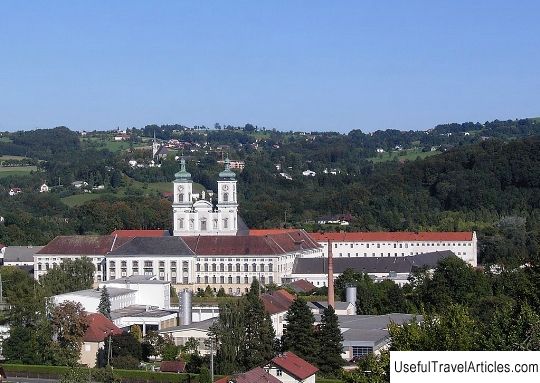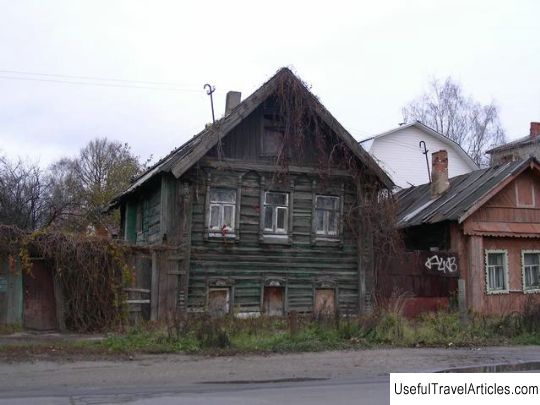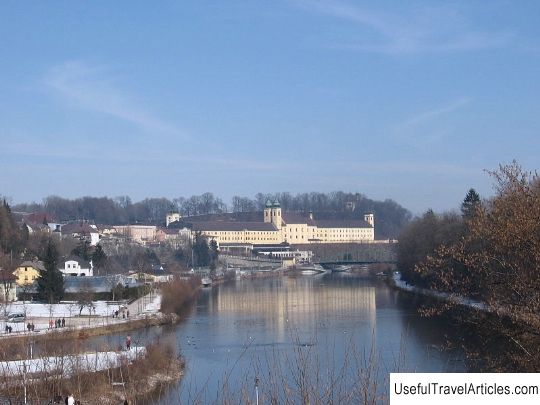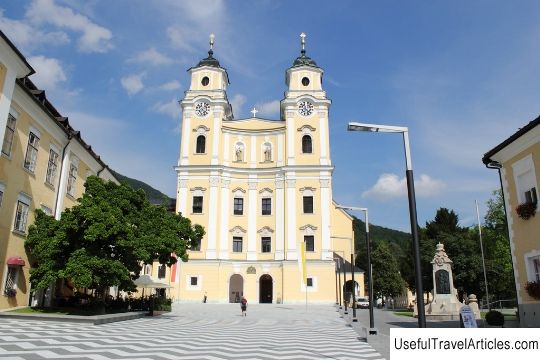Benedictine monastery of Kremsmuenster (Stift Kremsmuenster) description and photos - Austria: Upper Austria
Rating: 8,4/10 (2594 votes) 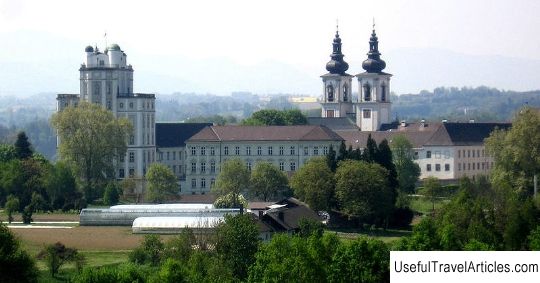
Benedictine monastery of Kremsmuenster (Stift Kremsmuenster) description and photos - Austria: Upper Austria. Detailed information about the attraction. Description, photographs and a map showing the nearest significant objects. The title in English is Stift Kremsmuenster. Photo and descriptionKremsmunster Abbey is a Benedictine monastery located in the foothills of the Alps in Kremsmunster in Upper Austria. It is one of the oldest monasteries on Austrian territory. The monastery was founded in 777 by Tassilo III, Duke of Bavaria. According to legend, Tassilo founded a monastery on the site where his son Gunther was attacked by wild boars while hunting, as a result of which the young man died. The first monks came to the monastery from Lower Bavaria, led by their abbot Faterik. The monastery received generous donations from Charlemagne and his successors. In the 10th century, the monastery was destroyed during a Hungarian raid, and its possessions were divided between the Duke of Bavaria and other bishops. Restoration began under Emperor Henry II, and St. Gotthard became abbot. The monastery library, built in 1689 by Carl Carlone, was very famous and attracted prominent scholars of Kremsmunster, where many important historical works were written, including the stories of the bishop of Passau and the dukes of Bavaria. Today the library contains 160,000 volumes, 1,700 manuscripts. The monastery was led at different times by abbots who had a great influence both on the history of the monastery itself and on the situation in general. Abbot Gregor Lechner (1543-1558) made the monastic school public in the mid-16th century, and also fought for the preservation of Catholicism in a region where Protestant doctrines were increasingly spread. Protestantism flourished so quickly that the next Abbot Weiner brought strong divisions into the monastery, which nearly escalated into a major conflict. Among the abbots of the 18th century, the most famous and respected is Alexander Fikslmilner, who built a large observatory and also carried out extensive charitable activities. The most valuable exhibit in the monastery is the bowl of Tassilo III. The bowl is made of copper and silver with gilding, 25 cm high, weighing 3 kg. It was created in 769 in Salzburg or Mondsee. The chalice is still used in religious services on special occasions.     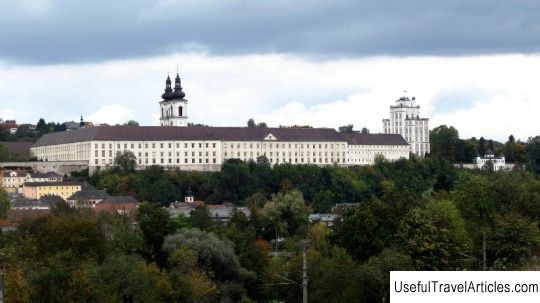 We also recommend reading Yalta Historical and Literary Museum description and photos - Crimea: Yalta Topic: Benedictine monastery of Kremsmuenster (Stift Kremsmuenster) description and photos - Austria: Upper Austria. |

